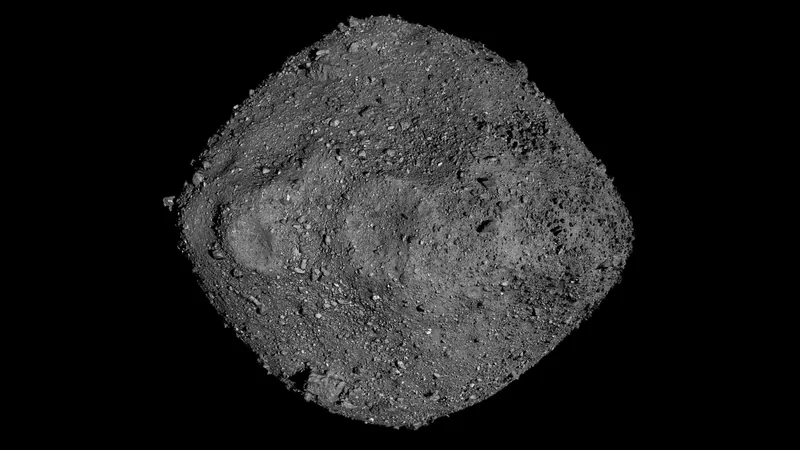
Stardust from Asteroid Bennu: A Glimpse into the Universe Before the Sun
2025-09-02
Author: Charlotte
Bennu: A Cosmic Time Capsule
In an astonishing breakthrough, scientists have uncovered that asteroid Bennu harbors materials that predate our sun, making it a celestial time capsule. Recent studies reveal that Bennu encapsulates remnants of the very beginnings of our solar system.
A Treasure Trove of Ancient Materials
The samples collected by NASA’s OSIRIS-REx spacecraft during its dramatic 2020 landing include a remarkable assortment of dust from our solar system, organic materials from interstellar space, and even stardust that's older than the sun itself. According to Pierre Haenecour from the University of Arizona, this fascinating mix holds invaluable clues about the solar system's formative years.
Stellar Rivals: The Story of Presolar Grains
Scientists believe that the tiny presolar grains found in Bennu could have traveled vast cosmic distances before they were incorporated into the asteroid, which originated from a larger parent body annihilated in a collision ages ago. Haenecour emphasizes that Bennu embodies a leftover collection of materials dispersed throughout the early solar system.
Survivors of Cosmic Calamity
Remarkably resilient, these grains have withstood extreme conditions, including intense heat and water interactions, as well as multiple impact events. One of the studies highlights how melted ice within Bennu’s parent asteroid reacted with surrounding dust, creating minerals that now compose an impressive 80% of Bennu.
Unlocking the Stars' Secrets
Unique chemical signatures in certain grains, such as silicon carbide, reveal their stellar origins—those of ancient stars that no longer exist today. Mapping these presolar grains is akin to searching for a "needle in a haystack," but it allows researchers to trace the lineage of Bennu’s material back to the cosmos.
The Power of Space Weathering
Another groundbreaking study reveals how Bennu’s airless surface has been transformed by space weathering effects, including micrometeorite impacts and solar wind exposure. The upper layer has interacted with cosmic rays for millions of years, leading to microscopic surface features like craters and molten rock splashes.
Fast-Tracked Surface Changes
Findings indicate that the weathering processes on Bennu occur much more rapidly than scientists previously believed. Lindsay Keller from NASA points out that understanding space weathering is crucial for comprehending all asteroids, suggesting that returned samples unlock secrets that can illuminate the evolution of unexplored asteroid bodies.
Why Sample Collection Matters
Directly collecting samples from space is paramount, as many asteroids burn up in Earth’s atmosphere. While meteorites provide some insights, they often fail to narrate the comprehensive history of their source celestial bodies. OSIRIS-REx spent over a year meticulously studying Bennu to gather these critical geological insights.
A Dream Realized
The results from Bennu are fueling excitement within the scientific community. As Jessica Barnes of the University of Arizona shares, the revelations made possible through these samples bring science fiction dreams of studying distant asteroids into a thrilling reality.




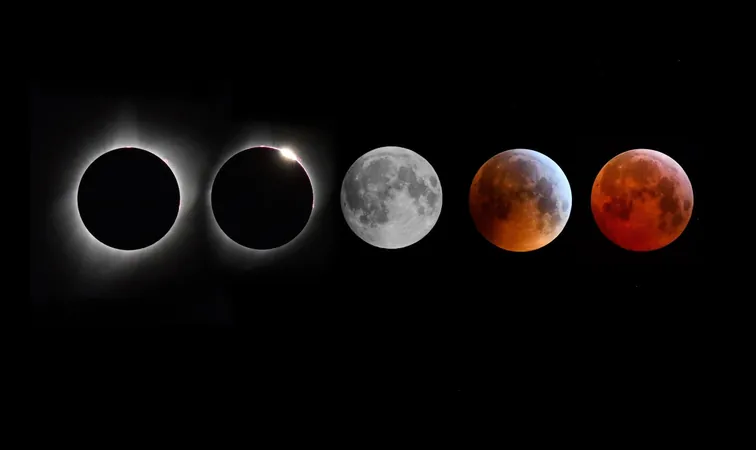
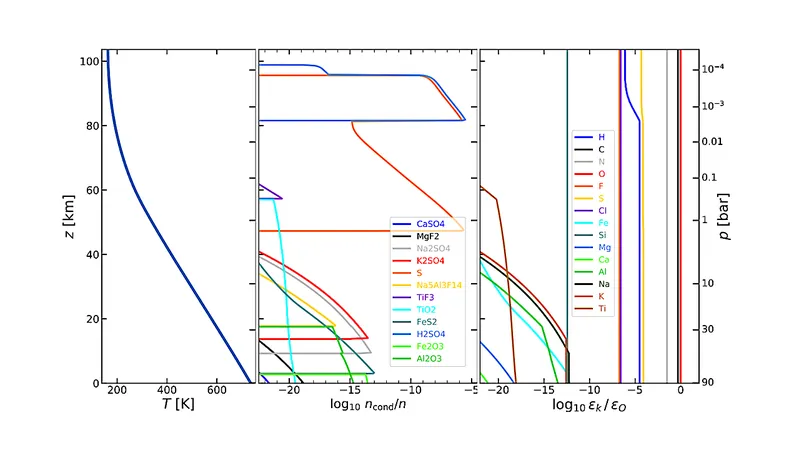
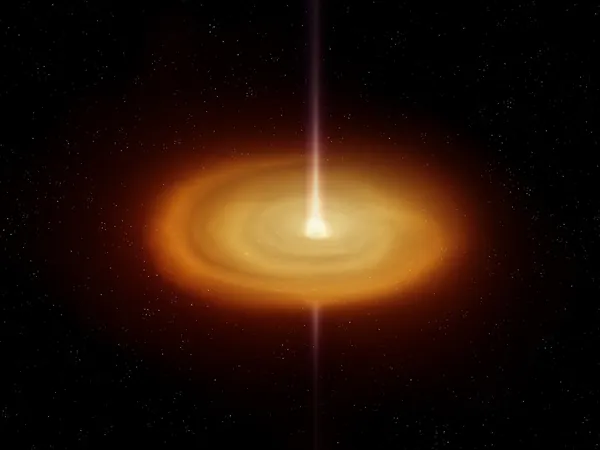
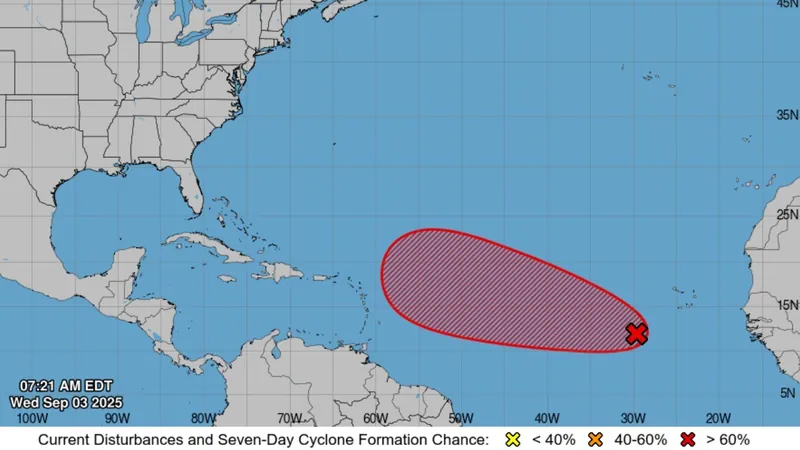

 Brasil (PT)
Brasil (PT)
 Canada (EN)
Canada (EN)
 Chile (ES)
Chile (ES)
 Česko (CS)
Česko (CS)
 대한민국 (KO)
대한민국 (KO)
 España (ES)
España (ES)
 France (FR)
France (FR)
 Hong Kong (EN)
Hong Kong (EN)
 Italia (IT)
Italia (IT)
 日本 (JA)
日本 (JA)
 Magyarország (HU)
Magyarország (HU)
 Norge (NO)
Norge (NO)
 Polska (PL)
Polska (PL)
 Schweiz (DE)
Schweiz (DE)
 Singapore (EN)
Singapore (EN)
 Sverige (SV)
Sverige (SV)
 Suomi (FI)
Suomi (FI)
 Türkiye (TR)
Türkiye (TR)
 الإمارات العربية المتحدة (AR)
الإمارات العربية المتحدة (AR)